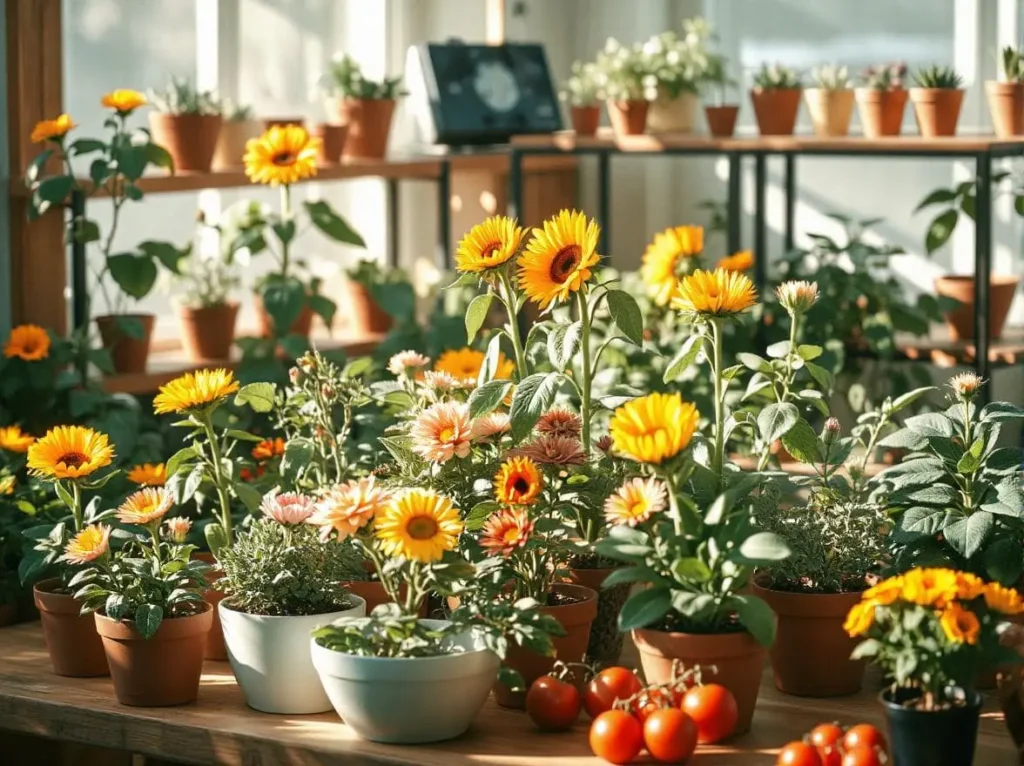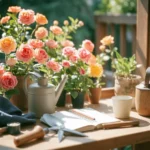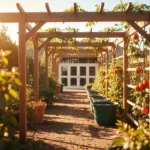Gardening is one of life’s simplest pleasures—and it can be incredibly rewarding, even if you’re just starting out. If you’ve never had a green thumb before, don’t worry! I’ve rounded up the top 10 easiest plants that are perfect for beginners. These plants are hardy, low-maintenance, and will help you build confidence as you nurture your very own garden oasis.
Whether you have a small balcony, a sunny windowsill, or a patch of yard, these choices will thrive with minimal fuss. Let’s dig in!
1. Basil
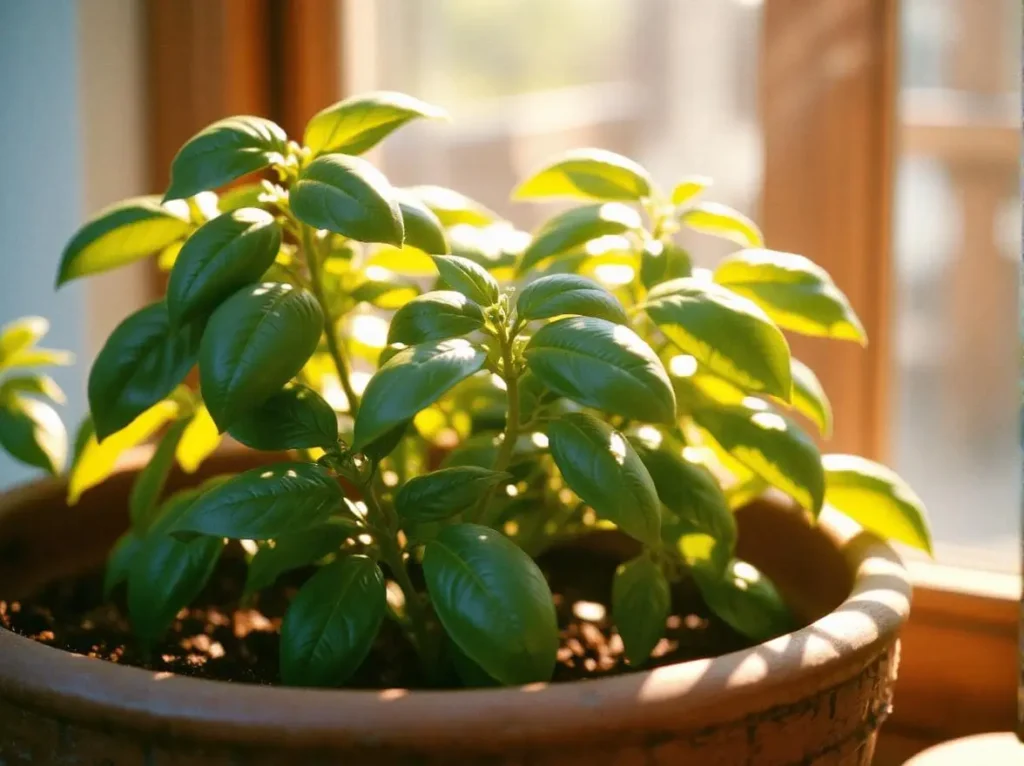
Why It’s Great:
Basil is a fast-growing herb that’s perfect for new gardeners. It loves warm weather and plenty of sunshine. Not only will it add a lovely aroma to your garden, but you can also harvest fresh leaves for delicious home-cooked meals.
Tips:
- Plant basil in a sunny spot.
- Water consistently, but avoid overwatering.
- Pinch off the tips to encourage bushier growth.
2. Sunflowers
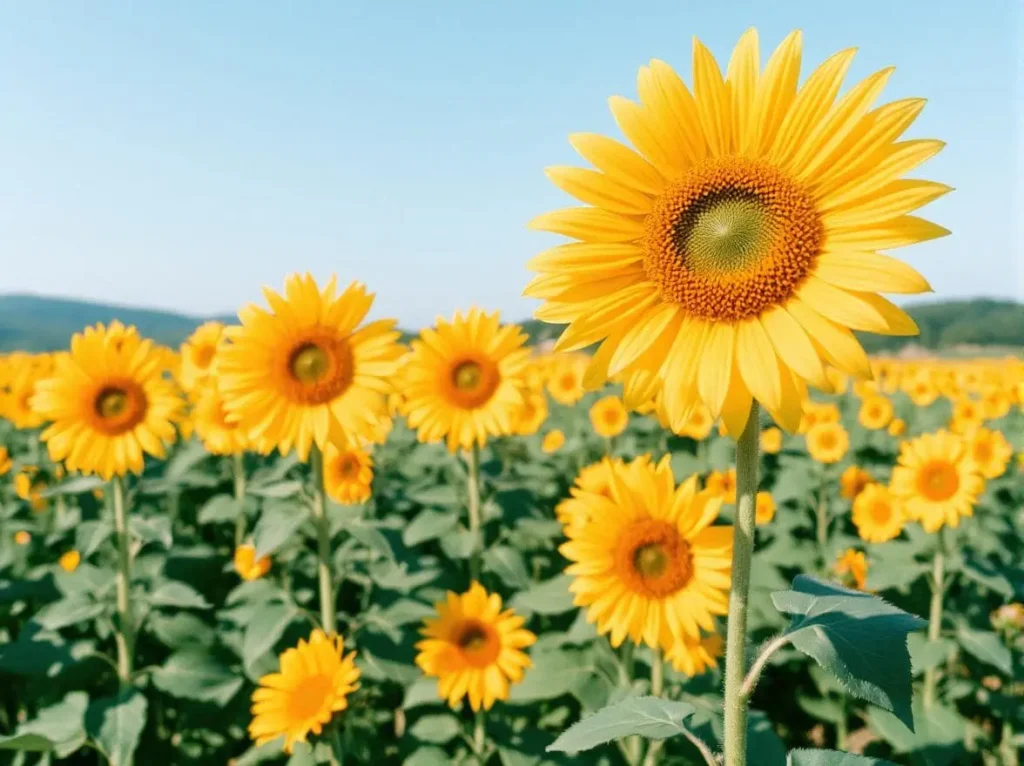
Why It’s Great:
Sunflowers are not only cheerful and bright, but they’re also incredibly easy to grow from seeds. They require little care beyond planting in a sunny location with well-drained soil, and they’ll quickly transform any garden into a field of sunshine.
Tips:
- Plant sunflowers in full sun.
- They can grow in most soil types, though they prefer well-draining soil.
- Support taller varieties with stakes if needed.
3. Marigolds
Why It’s Great:
Marigolds are a favorite among new gardeners thanks to their vibrant colors and natural pest-repellent properties. They thrive in full sun and are highly adaptable, making them a reliable option even for those new to gardening.
Tips:
- Plant in a sunny spot with well-draining soil.
- Deadhead spent flowers to encourage continuous blooming.
- They’re perfect for both garden beds and containers.
4. Pothos
Why It’s Great:
If you’re looking for an indoor plant that practically thrives on neglect, pothos is your go-to. This trailing vine tolerates low light and irregular watering, making it ideal for beginners or those with busy lifestyles.
Tips:
- Place in moderate, indirect light.
- Allow the soil to dry out between waterings.
- Enjoy its lush, cascading foliage as it adds life to your living space.
5. Snake Plant (Mother-in-Law’s Tongue)
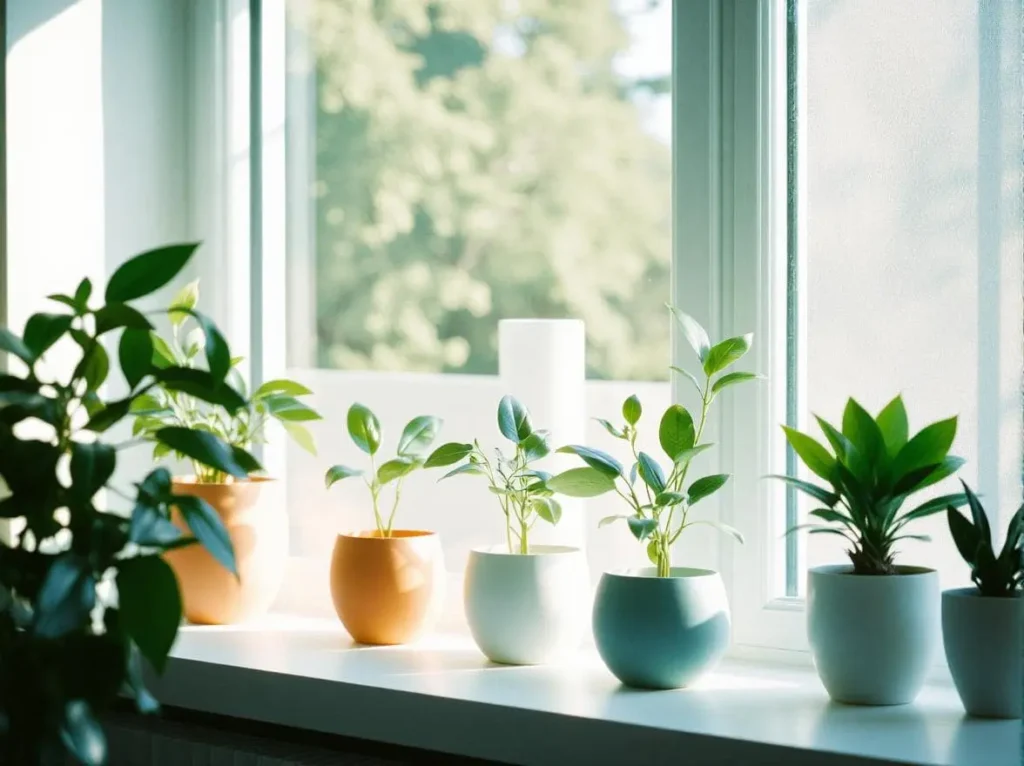
Why It’s Great:
Snake plants are renowned for their toughness. They can survive in low light and with little water. Their striking, upright leaves add a modern touch to any indoor space and they help purify the air!
Tips:
- Keep in low to bright indirect light.
- Water sparingly—overwatering is the main risk.
- Perfect for forgetful waterers.
6. Spider Plant
Why It’s Great:
Spider plants are nearly indestructible and thrive under a range of conditions. They produce “babies” that you can repot and share with friends, making them a delightful addition to your home.
Tips:
- Bright, indirect light is best, though they tolerate lower light.
- Water moderately, allowing the soil to dry between waterings.
- They’re great for hanging baskets or on shelves.
7. Zinnias
Why It’s Great:
Zinnias burst with color and are simple to grow from seed. They bloom profusely throughout the summer, adding a splash of vibrancy to your garden and attracting butterflies and bees.
Tips:
- Plant in full sun.
- Space seeds or seedlings adequately to allow air circulation.
- Regularly remove spent blooms to encourage more flowering.
8. Lettuce
Why It’s Great:
Lettuce is a quick-growing vegetable that is perfect for beginners who want to enjoy homegrown salads. It grows well in containers or garden beds and can be harvested continuously.
Tips:
- Plant in cool weather or partial shade to prevent bolting.
- Keep the soil consistently moist.
- Harvest the outer leaves first for a continuous supply.
9. Cherry Tomatoes
Why It’s Great:
Cherry tomatoes are one of the easiest vegetables to grow, and they reward you with a bountiful harvest of sweet, juicy tomatoes. They’re great for container gardening or small spaces.
Tips:
- Provide at least 6–8 hours of sunlight.
- Use a balanced fertilizer to support fruiting.
- Support plants with a small cage or stake if needed.
10. Succulents
Why It’s Great:
Succulents are incredibly low-maintenance and perfect for both indoor and outdoor gardens. They require minimal watering and thrive in sunny, well-drained conditions. Their unique textures and shapes make them popular decorative choices.
Tips:
- Plant in bright, indirect light or full sun.
- Use a well-draining soil mix.
- Water sparingly—allow the soil to dry completely between waterings.
Final Thoughts
Starting a garden can feel overwhelming, but with these 10 easy plants, you’ll be on your way to a thriving, beautiful garden in no time. Remember, gardening is a journey—each plant teaches you something new. Experiment, have fun, and don’t be afraid to get your hands dirty. Your garden will reward you with a burst of color, fresh produce, and the satisfaction of growing something beautiful from scratch.
Frequently Asked Questions (FAQ)
Which plant is best for a beginner with limited space?
For small spaces, pothos and succulents are excellent choices. They do well in containers and require minimal care.
How often should I water these beginner plants?
Watering needs vary. Generally, herbs like basil and vegetables like lettuce require regular watering, while snake plants and succulents need far less. Always check the soil moisture before watering.
Can I grow these plants indoors?
Yes! Many of these plants, such as pothos, snake plants, and spider plants, are ideal for indoor gardening. For vegetables and sunflowers, ensure they get enough light or consider using a sunny balcony or patio.
Do I need special soil or fertilizer for these plants?
Most of these plants thrive in well-draining soil. A basic potting mix works well for indoor plants. For vegetables and herbs, consider a balanced fertilizer to support growth.
What if I make a mistake or my plant dies?
Gardening is a learning process! Mistakes are common, and each failed attempt teaches you something new. Start small, and over time you’ll learn what works best for your environment.
How do I prevent pests and diseases?
Keep an eye on your plants, and use organic methods like neem oil or insecticidal soap if you spot pests. Good airflow and not overwatering can also help prevent diseases.
Happy gardening, and here’s to growing a little green paradise—one easy plant at a time!
